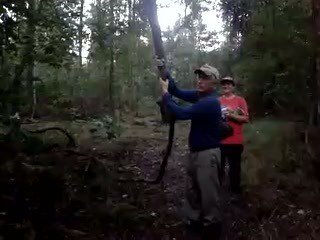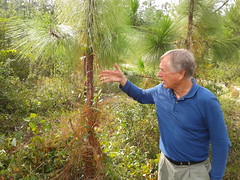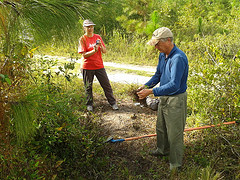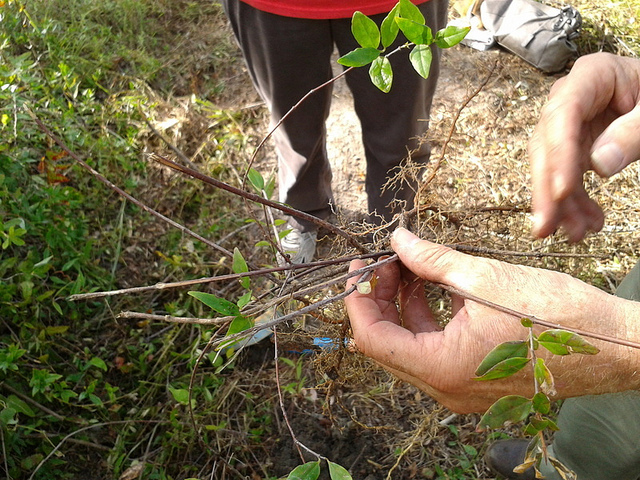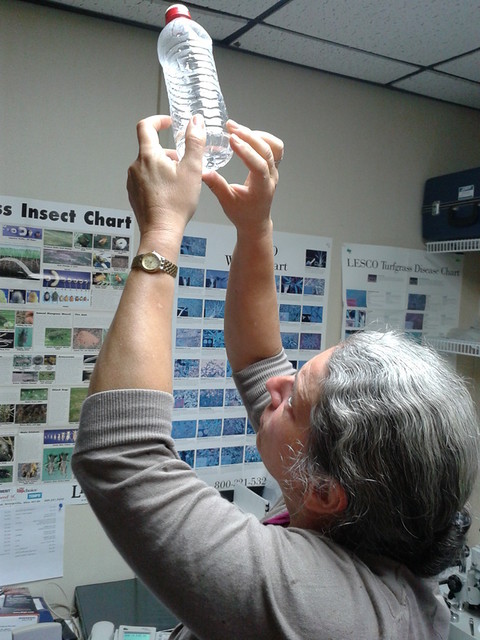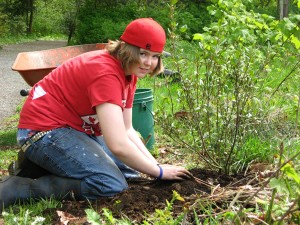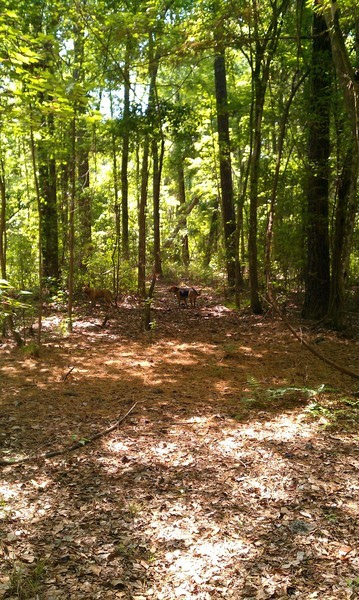Elsie Quarterman is 102 years old today.
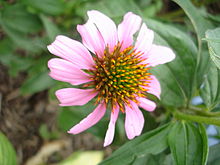 She was born in Valdosta in 1910,
played basketball for Hahira High School,
graduated from Valdosta High School,
got a B.A. from Valdosta State College,
and taught English in Morven, Naylor, Columbus,
Lake Park, and Lyons, Georgia.
She was born in Valdosta in 1910,
played basketball for Hahira High School,
graduated from Valdosta High School,
got a B.A. from Valdosta State College,
and taught English in Morven, Naylor, Columbus,
Lake Park, and Lyons, Georgia.
Dr. Elsie Quarterman got a Masters and a Ph.D. from Duke University in
in botany and plant ecology.
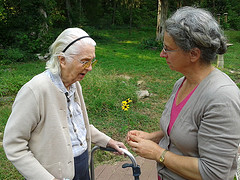 While studying for her Ph.D., she was a professor at Vanderbilt University
in Nashville, Tennessee, where she
was one of the first women full professors and was the first
woman department chair (Biology).
She specialized in the cedar glades of central Tennessee,
including
one now named after her by the state.
While studying for her Ph.D., she was a professor at Vanderbilt University
in Nashville, Tennessee, where she
was one of the first women full professors and was the first
woman department chair (Biology).
She specialized in the cedar glades of central Tennessee,
including
one now named after her by the state.
 There is an annual
wildflower festival
named after her.
She rediscovered the cedar glade Tennessee coneflower, Echinacea tennesseensis,
which previously was thought to be extinct,
but has
since been taken off the endangered species list,
partly due to her work.
Her wikipedia page
has more information about her work and her many honors.
There is an annual
wildflower festival
named after her.
She rediscovered the cedar glade Tennessee coneflower, Echinacea tennesseensis,
which previously was thought to be extinct,
but has
since been taken off the endangered species list,
partly due to her work.
Her wikipedia page
has more information about her work and her many honors.
 Aunt Elsie still lives in her own house in Nashville, connected to her nephew
Patrick’s house, where Patrick and his wife Ann live and take care of her.
Aunt Elsie still lives in her own house in Nashville, connected to her nephew
Patrick’s house, where Patrick and his wife Ann live and take care of her.
Here is world traveller Elsie in 2006 leading a family group on the Isle of Skye in Scotland:
Continue reading